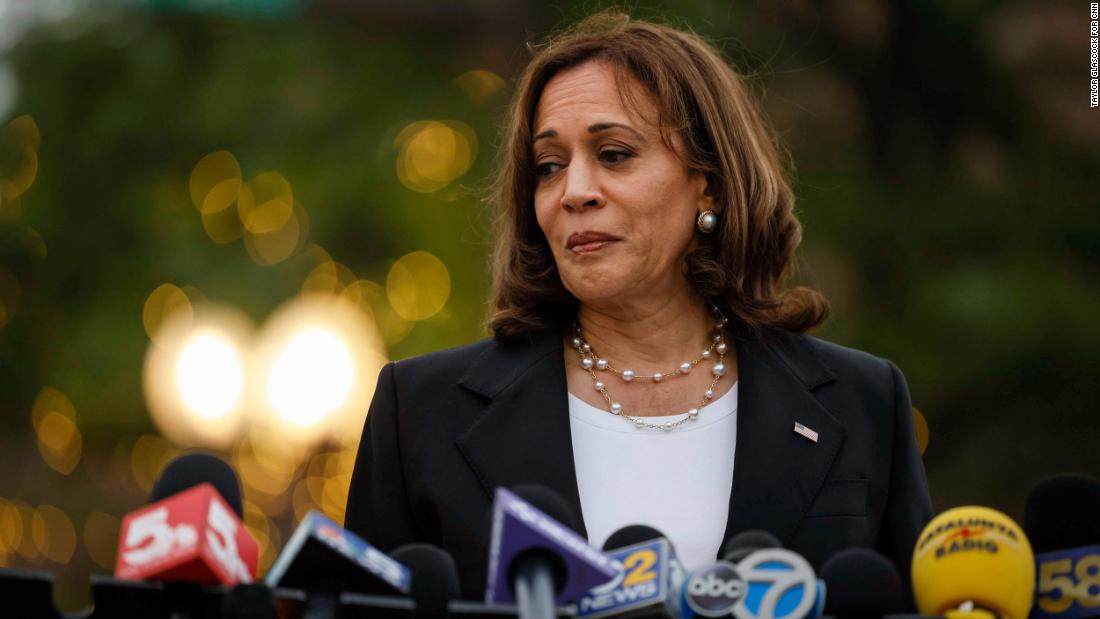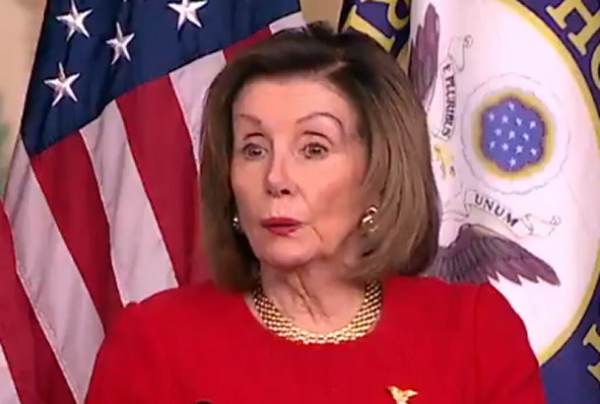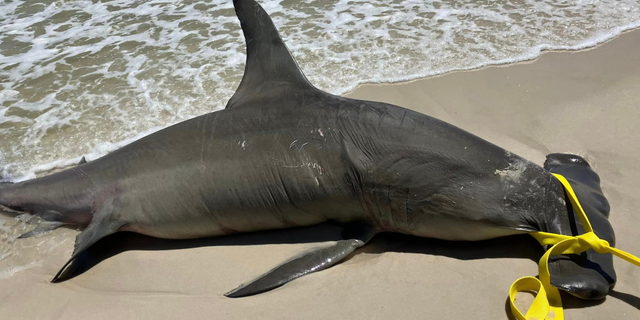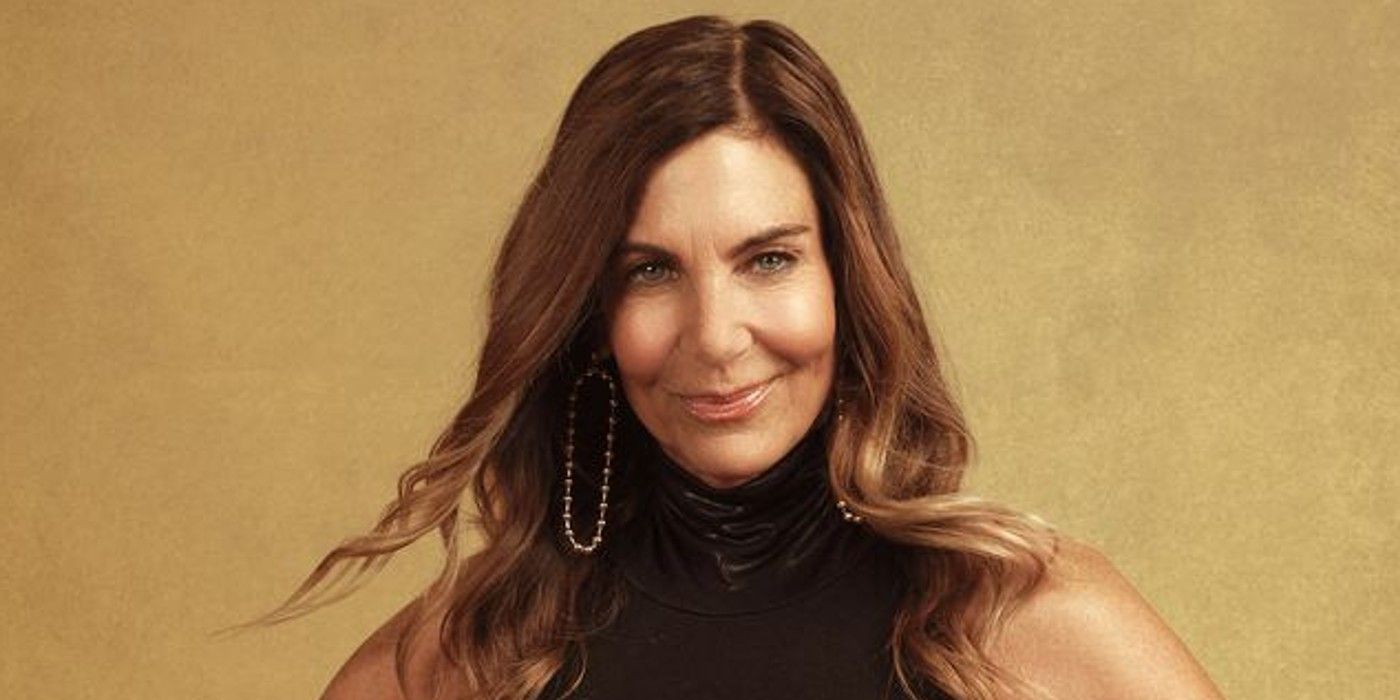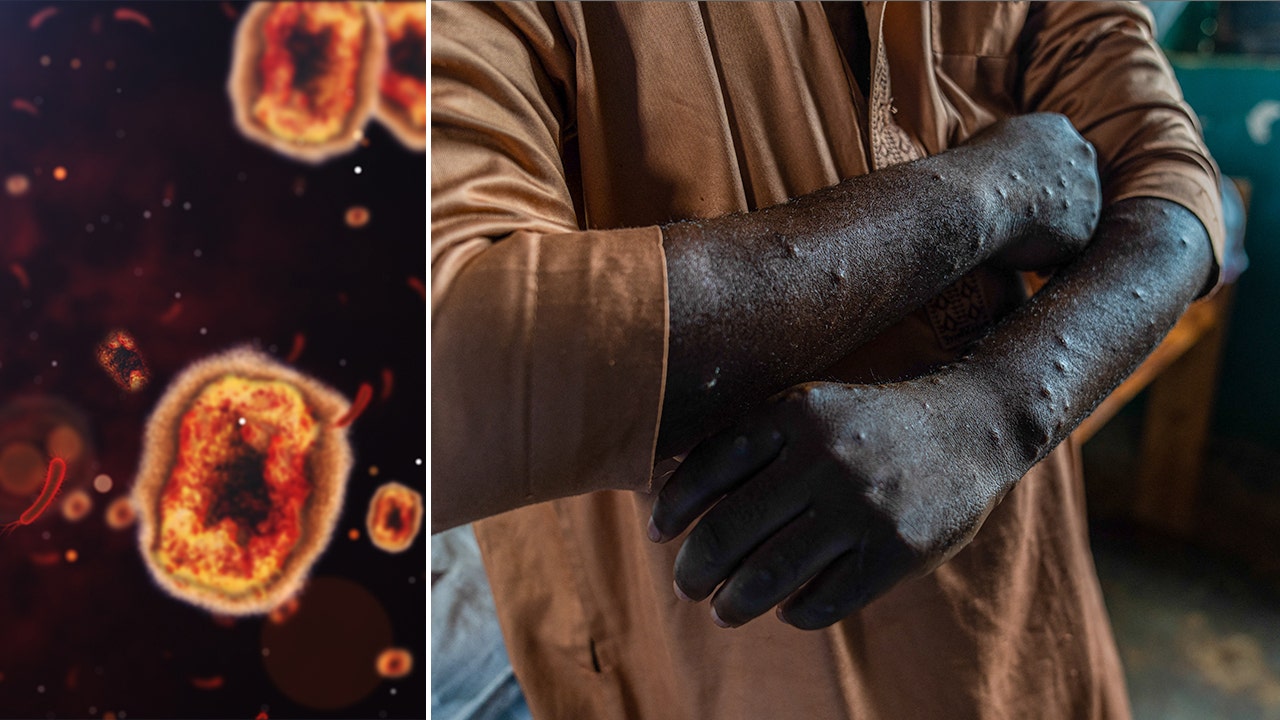“Literally some of the bodies were, there was an evisceration injury, from the power of this gun and the bullets. There was another person who had an unspeakable head injury,” Baum said.
His comments recalled the harrowing testimony of Dr. Roy Guerrero, a pediatrician who worked at the hospital in Uvalde, Texas, that accepted injured and dead from the massacre at Robb Elementary School in May. He described “two children, whose bodies had been so pulverized by the bullets fired at them, decapitated, whose flesh had been so ripped apart that the only clue as to their identities was (their) blood spattered cartoon clothes.”
Such gruesome first-hand testimony is fueling new calls for political action. But it is so far doing little to reshape the politics of gun control.
“An assault weapon is designed to kill a lot of human beings quickly,” Harris said, before visiting the scene in Highland Park, which is not far from Chicago. “There is no reason that we have weapons of war on the streets of America. We need reasonable gun safety laws.”
Suspect charged with murder
The AR-15, a semi-automatic rifle, was the sort of armament prohibited under the 1994 assault weapons ban, which expired in 2004.
AR-15s or weapons with similar characteristics were used by the Uvalde shooter who killed 19 children and two teachers, by the alleged Buffalo supermarket massacre perpetrator, by the killer at a Florida high school in 2018 and in countless other mass killings in the US. Often they were bought legally.
Yet the chances of renewing the assault weapons ban may never have been worse since the expiry of the original law nearly two decades ago.
Senate Minority Leader Mitch McConnell indicated on Tuesday that the prospects of new gun control legislation any time soon are dim.
“I think yesterday’s shooting is another example of what the problem is. The problem is mental health and these young men who seem to be inspired to commit these atrocities. So, I think the bill that we passed targeted the problem,” the Kentucky Republican said.
His comments fit into the Republican conceit that the availability of deadly weapons used by mass shooters isn’t an issue. And it demonstrated the political utility of the new law for the Republican leader, since it means he can argue after future massacres that Congress has already acted.
The lack of appetite among the conservative base for banning these weapons narrows the political incentive for Republican lawmakers to act. And as the GOP tracks further to the right, there’s even less support for gun restrictions. Some Republican politicians have actually posed with such rifles in campaign ads in a bid to prove their conservative bona fides.
Only two of the Republican senators who voted for the bipartisan law are facing reelection this year. Four others are retiring. Many of the GOP candidates running for Congress this year in the mold of former President Donald Trump — who has painted the new federal gun law as the beginning of the end of the Second Amendment — are less likely to embrace firearms restrictions should they make it to Capitol Hill after this year’s midterms.
Is the new law already obsolete?
In the aftermath of the Highland Park shooting, some local politicians, including Illinois Democratic Gov. J.B. Pritzker, pointed out that the freedom of some Americans to own assault weapons inevitably means that such firearms can deny others the ultimate freedom — to life itself — when they are misused by mass shooters.
Lake County State’s Attorney Eric Rinehart on Tuesday demanded more gun control, including an assault weapons ban, after announcing the charges against Crimo. “All of the people who died steps from here lost their freedom, all of it,” he said. “Their freedom matters too.”
But even a strong national majority in favor of tightening gun laws will struggle to overcome the obstacles in the Senate — namely filibuster rules and the two senators-per-state constitutional dynamic that gives a minority great power. The conservative majority on the Supreme Court, meanwhile, is set on loosening gun laws, which could also frustrate any long-term overhaul efforts.
It might be tempting for gun safety advocates to conclude that the mass killing in Highland Park underscores the futility of measures like the new bipartisan law. It includes inducements for states to pass and use “red flag” laws, which allow authorities to confiscate weapons or prevent future purchases from citizens who are considered a threat. Illinois already has such a law, but it does not appear to have been invoked after police confiscated knives and a sword from Crimo’s home in 2019, which were later returned the same day. Crimo legally purchased five firearms — a combination of rifles, a pistol and possibly a shotgun, officials said — between 2020 and 2021.
But Democratic Sen. Chris Murphy of Connecticut, one of the architects of the new law, insisted that it could have been effective in this case had it been in force. He touted the measure for providing millions of dollars for states to educate officials in how red flag laws can be used. “A well-run red flag law might have done the trick here,” Murphy told CNN’s Anderson Cooper on Tuesday.
Proponents of the new law have argued that if it only stops one mass shooting it will be worthwhile — and it is at least progress from the perpetual inaction that followed a decade of mass shootings since the Sandy Hook Elementary School massacre in 2012.
But the Highland Park horror also shows that America is far from eradicating its plague of mass shootings. There are certain to soon be more stories — like the heart-rending one of the 2-year-old boy who lost his parents on Monday. Or of 88-year-old Stephen Straus, who would still be alive if America had stricter gun control, his grandson Tobias told CNN.
“The gun lobby and America’s cultural worship of guns is deadly. It kills grandfathers,” Tobias added.












































